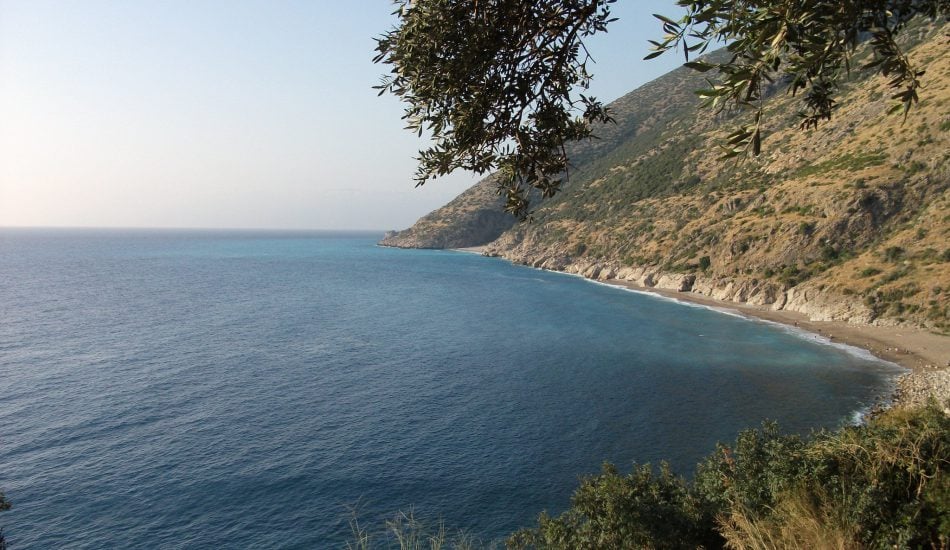
Key governmental and non-governmental organizations
The overall institutional framework for water management is hierarchically organized. Several ministries share the responsibility for water resources management; all of them are represented in the Higher Water Council. The roles of public bodies and institutions related to the water sector are summarized below.
Ministerial level
• The Ministry of Water Resources was established in 2012. It is the central body responsible for the management of the country’s water resources as well as the allocation of these resources to the domestic, industrial and agricultural sectors. Its main tasks are monitoring, developing and protecting water resources, developing related laws, legislation and policies, investment planning and implementation of potable water supply and wastewater collection and treatment services.
• The Ministry of Agriculture and Agrarian Reform is responsible for the development and reform of all agricultural sectors. It also regulates and rationalizes the use of water resources for agricultural purposes as well as policy and legislative development, short-, medium- and long-term planning and execution of agricultural programmes, and government-owned land reform.
• The Ministry of Environment is responsible for environmental policy making and protection by issuing standards and monitoring water quality for various uses. The General Commission for Environmental Affairs (GCEA) falls under the jurisdiction of this ministry, which acts both nationally and internationally.
Local level
• Water basin management committees were established in 2005 under the new water law and are responsible for implementing policies adopted by the High Commission for Water, with the aim of achieving sustainable water management at basin level. In practice, the committees have not been active for most basins.
• General establishments for drinking water and wastewater are responsible for coordinating and preparing plans concerning drinking water and sewage projects; designing and implementing drinking water and sewage projects; and operating, managing and maintaining drinking water and sewage facilities.
• In the governorates where WWTPs have been implemented, a separate wastewater company, responsible only for the operation and maintenance of the WWTPs, has been established.
Laws and regulations
A comprehensive water law did not exist until 2005, when Law 31 was adopted. The law regulates water demand management approaches at the national level and use of water resources to avoid groundwater depletion. In addition to the water law, two sets of laws and regulations can be distinguished:
1) Water-related decrees, decisions and ministries establishing laws, such as Ministerial Decree 944 from 1925, in which all kinds of water streams, springs and rivers were determined as public proprieties.
2) Environmental Law 50 defines the regulations with which the GCEA must comply. The law entitles the GCEA to set policies, monitor and penalize non-compliance in order to protect the environment from pollution.
Financing of the water sector
Public finance policies in Syria have focused in the past decades on supply-led water development. This has meant securing water supplies through building storage capacity and expanding water and – to a lesser extent – sanitation services. High levels of storage capacity and wide coverage of water supply and irrigation infrastructure have led to a new set of water management issues. Almost 70% of the total public investment budget for agriculture and irrigation was spent on irrigation infrastructure (on- and off-farm). There is a severe lack of sectoral integration in project preparation and budgeting due to the absence of national water plans or strategies. Approximately 50% of the planned investment budget for the entire water sector for the tenth five-year plan (2006-2010) was spent on realizing drinking water and sewerage projects.
Tariffs for domestic water are very low in Syria compared to other countries in the MENA region such as Jordan and Tunisia. The tariff for sewage services is estimated as a percentage of the total drinking water bill[1].
Role of the private sector in water management
Even though the tenth five-year plan (2006-2010) followed a neoliberal course of privatization before the outbreak of the war and had the stated goal of a ‘social market economy’, there are currently no large-scale public-private partnerships in Syria, either in the water and sanitation sectors or the irrigation sector. Water resources management is considered a public service. Therefore, it is often assumed that this service should be provided by the government. At household level, farmers invest in irrigation facilities, e.g. wells, irrigation equipment, piped conveyance systems and cisterns, often financed through loans provided by the Agricultural Cooperative Bank. This includes subsidized credit to support the transition to modern irrigation methods. Households also invest in water supply and sanitation facilities, e.g. water tanks, wells, sewage pits etc. The scale of these private investments in the water sector is not known. Public investments in the sector are generally financed through the central government budget.
[1] Global Water Intelgency (2009), Tariff survey. Washington.
